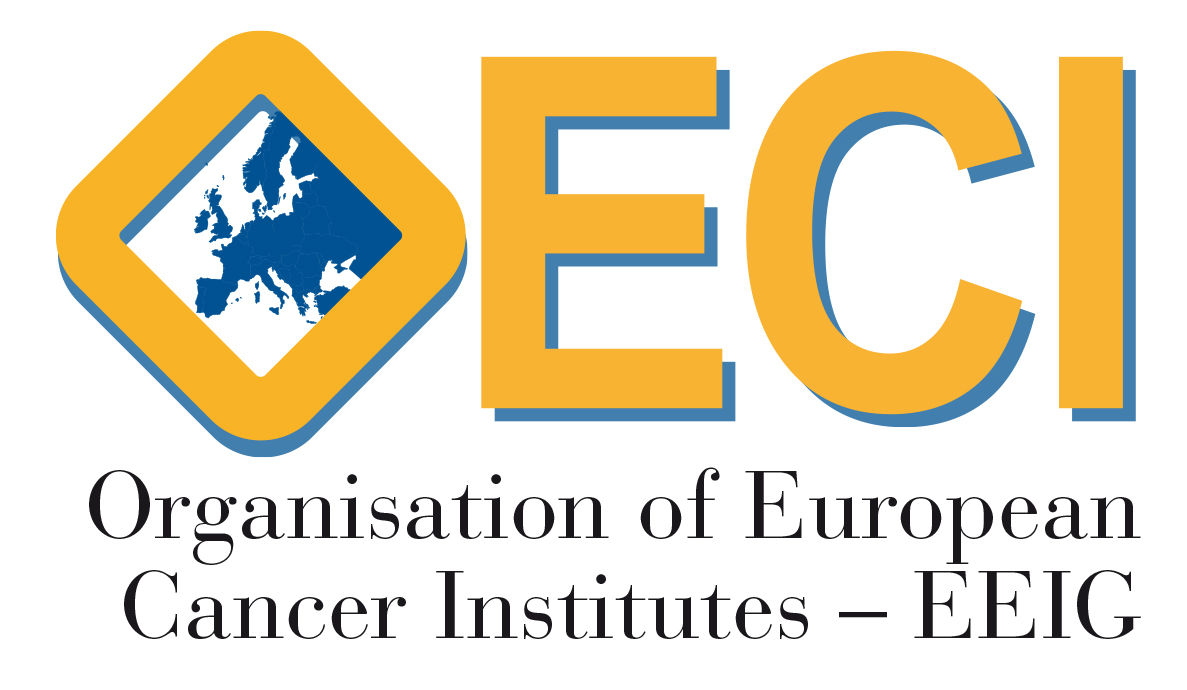Excellent Practices
The integrative approach and mechanisms of IT use
Practice Category: ICT system / Data / Dashboard
Centre: Maastricht University Medical Centre

Marja Vermeeren
marja.vermeeren@mumc.nl

Challenge which the practice addresses
As part of the Maastricht University Medical Center+ (MUMC+) ambition ‘Healthy Living’, the strategic MUMC+ program ‘Our Future Care’ aims to improve the outcomes of care and the experiences of patients. Optimal data on patient outcomes is indispensable to further improve care outcomes at the individual and group level. The Comprehensive Cancer Center MUMC+ is working on an adequate and sufficient data infrastructure to provide a good basis for further development of personalised care. The MUMC+ works with different data sources from various domains (including financial, logistics, medical domain and quality). The challenge was to connect these data sources.
Solution
In order to obtain an adequate and sufficient data infrastructure, the various data sources are linked together in a platform (Business Warehouse). The information made available from this platform can be monitored via various real-time data dashboards.
The Care Pathway Dashboard contains information that enables care pathway teams and management to determine and improve the value of care. Self-service data analysis is made possible by easy filtering on case mix variables, among other things.
The Health Information building blocks (zibs) form the basis for standardisation of healthcare information. A “zib” defines a particular clinically relevant concept in such a way that the building block can be used in different healthcare situations and different healthcare information systems. Zibs make it possible to re-use healthcare information and focus on clinically relevant information. Examples of “zibs” are blood pressure, body weight. This simplifies the data delivery for the dashboard, and also the benchmarking of indicators appointed by the scientific medical associations.
Impact
By using the Business Warehouse it is possible to produce a report that provides a quick overview of the critical performance indicators of care of cohorts of patients.
Thus from this platform, a deeper analysis can take place of trends, causes of deviations, etc.. The following information is available in this dashboard: Patient Outcomes (Clinical Outcomes / Complications / PROMS), Patient Experience (P(R)EM), Process Indicators (Processing Time/ Access Times) and Cost / Benefits.
Dashboards are also available at other levels within the organisation: administrative level, center level with scientific output, and department level (medical departments and support departments).
Critical success factors
- Critical success factors are supervision and initiators (data managers) with a working group for introduction and joint development.
- A programme has been drawn up for the development of the dashboard in which domain experts (e.g. medical, financial and quality and safety) as well as technical experts are involved.
- To provide the correct data and management information, collaboration between employees with domain and technical knowledge is essential. This reduces the perceived distance between these two worlds.
- The positive experiences of the domain experts involved are generating more interest and demand from the primary care company.
- Images and reports can be exchanged between the affiliated hospitals of OncoZON (oncological network Southeast Netherlands). There is a video with explanation on https://www.twiin.nl/.

Next steps
Further development of the dashboard is aimed at developing generic components (such as medical outcomes, processing time), where we also offer the possibility to show specific content when selecting a care pathway. To guarantee scalability, we use techniques such as Text-mining to allow easy access to both structured (e.g. zibs) and unstructured sources. The first data from the electronic patient record (EPD) that we will add generically to dashboards are case-mix variables based on the minimum set of patient data. The generic components of the dashboard are continuously developed based on input from the domain experts. By using the process mining technique, care and business processes can be made transparent and added to dashboards.

